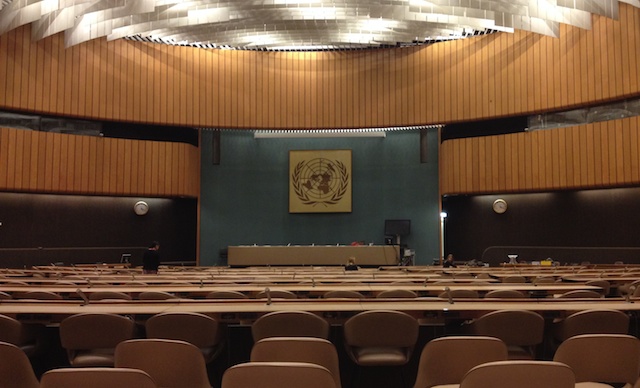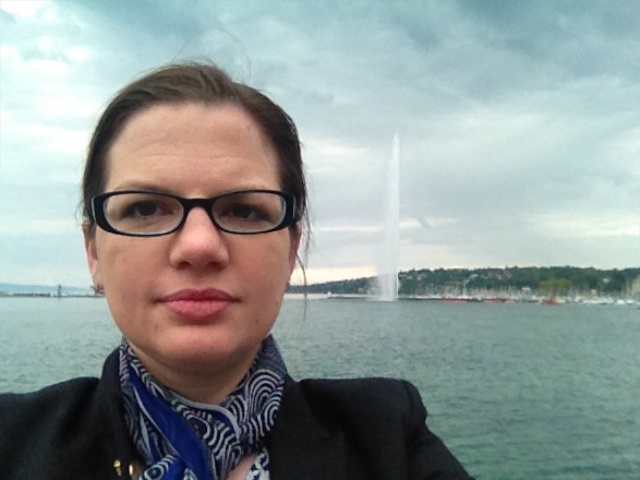This week I was lucky enough to be able to spend one day at the 67th World Health Assembly in Geneva. The goal of the World Health Organisation is for all the people of the world to have at least such a level of health that they are capable of working productively and of participating actively in the social life of the community in which they live. Since the 1st World Health Assembly in 1948, there have been major achievements in lowering child mortality, providing health care services, delivering essential drugs, introducing environmental sanitation measures, controlling marketing of breast-milk substitutes, tobacco and alcohol control, and making cities healthier. On the lawns of the smoke-free campus of the WHO there is a statue that proclaims: “The conquest of smallpox was an unprecedented achievement made possible by all nations working together. On May 8 1980, the 33rd World Health Assembly declared the world free of smallpox”. It is estimated that at least 20 million people would have died of smallpox had it not been eradicated.
Now that communicable diseases are decreasing their impact, non-communicable diseases (cancer, heart disease, diabetes, Alzheimer’s, etc) are becoming a greater concern. In 2011, a resolution was endorsed for enhanced global actions for the prevention and control of non-communicable diseases. A major focus of my work is related to the WHO’s target of decreasing early mortality due to non-communicable diseases by 25% by 2025. I quietly dedicated my time in Geneva to my dear friend Adrienne, her death due to ovarian cancer occurring only five days before the assembly began. As Lord Kelvin said “If you can not measure it, you can not improve it”, and I am working to ensure that we are measuring global mortality as accurately as possible. The current models indicate that if we control six risk factors (tobacco and alcohol use, salt intake, diabetes, and raised blood pressure and glucose), we will achieve a 24% drop in male mortality and a 19% drop in female mortality between 2010 and 2025, delaying more than 37 million deaths. The world’s health system was not able to save Adrienne, but it will be able to save others.
I found Geneva to be a city of strange contrasts. Rolex and Cartier retailers are situated next to the headquarters for Sanitation, Hygiene and Water for All. Huge Stalinistesque apartment buildings have sprung up next to Art Deco structures. Thousands of participants from 194 member states attend the World Health Assembly, but the bus from the WHO to the airport only operates twice an hour. A sheep farm sits in between the Hong Kong Economic & Trade Office and the International Labour Office.
My time in Geneva was brief yet inspiring. Looking back over the past century I can see the progress that can be made when all nations work together. I spoke to many people from the WHO, UNICEF, and local health care workers. The strategies for cost-effective health interventions and improvements have now largely been identified, and I hope that in the next century, we will no longer have to lose wonderful people like Adrienne to diseases such as cancer.



